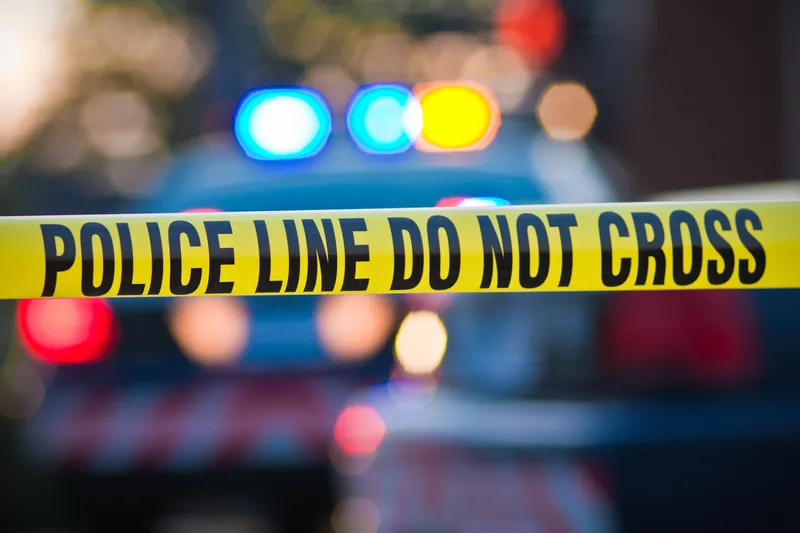Pennsylvania’s Senate leaders have approved a comprehensive proposal to fund the state’s transportation needs, saying the measure is vital to public safety and economic development. Once approved by the House of Representatives, the proposal will allow the state to invest more than US$2.5 billion in highways and bridges, transit agencies, railways, airports and ports. Pennsylvania has more structurally deficient bridges – nearly 4,400 – than any other state, and 23 percent of its 44,000 miles of state-owned
June 10, 2013
Read time: 1 min
Pennsylvania’s Senate leaders have approved a comprehensive proposal to fund the state’s transportation needs, saying the measure is vital to public safety and economic development.
Once approved by the House of Representatives, the proposal will allow the state to invest more than US$2.5 billion in highways and bridges, transit agencies, railways, airports and ports.
Pennsylvania has more structurally deficient bridges – nearly 4,400 – than any other state, and 23 percent of its 44,000 miles of state-owned roads are in poor condition.
A recent report by a national transportation group found that the poor state of Pennsylvania's roads and bridges costs state residents US$9.4 billion annually in vehicle operating costs, congestion delays and traffic accidents.
Once approved by the House of Representatives, the proposal will allow the state to invest more than US$2.5 billion in highways and bridges, transit agencies, railways, airports and ports.
Pennsylvania has more structurally deficient bridges – nearly 4,400 – than any other state, and 23 percent of its 44,000 miles of state-owned roads are in poor condition.
A recent report by a national transportation group found that the poor state of Pennsylvania's roads and bridges costs state residents US$9.4 billion annually in vehicle operating costs, congestion delays and traffic accidents.









